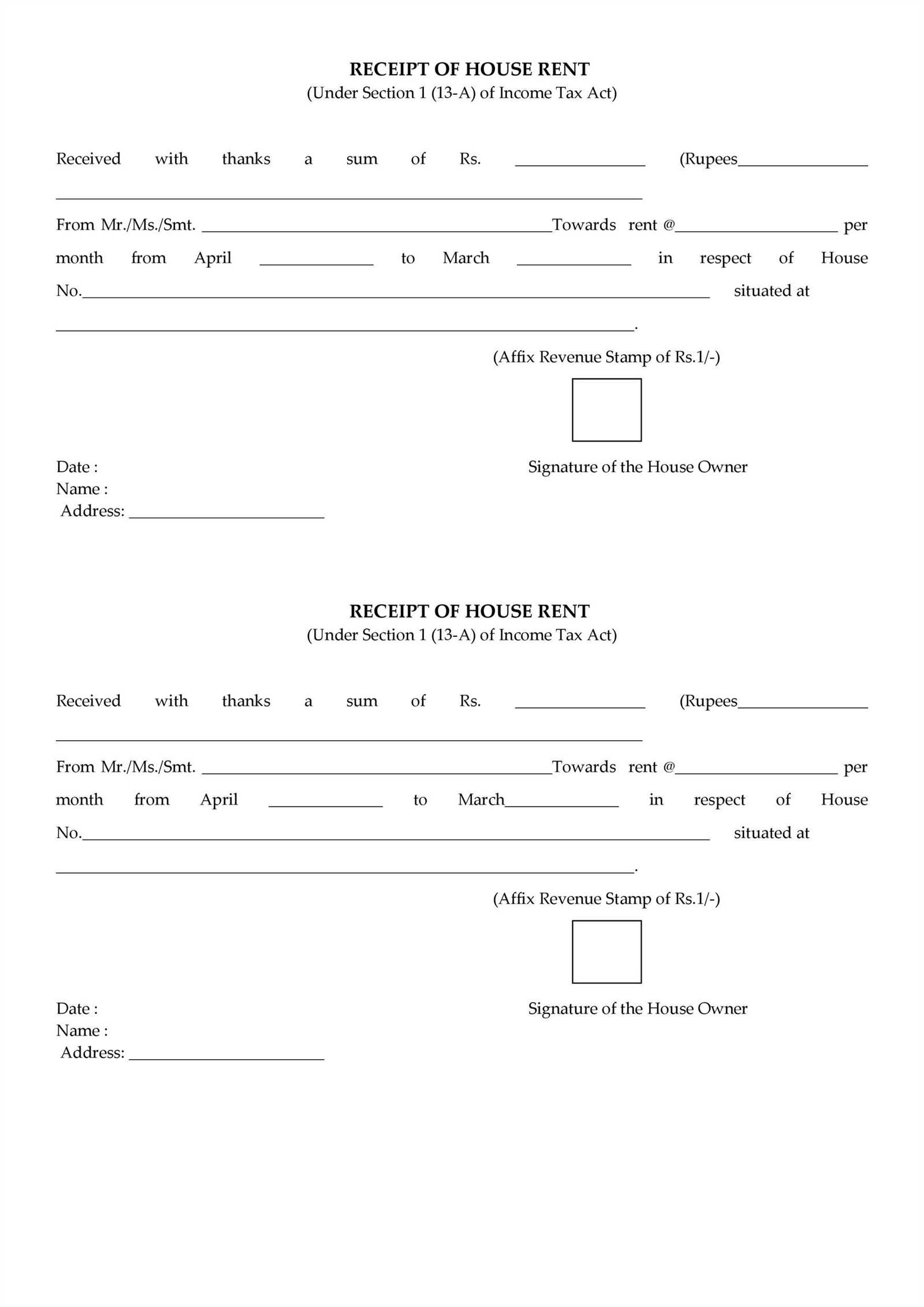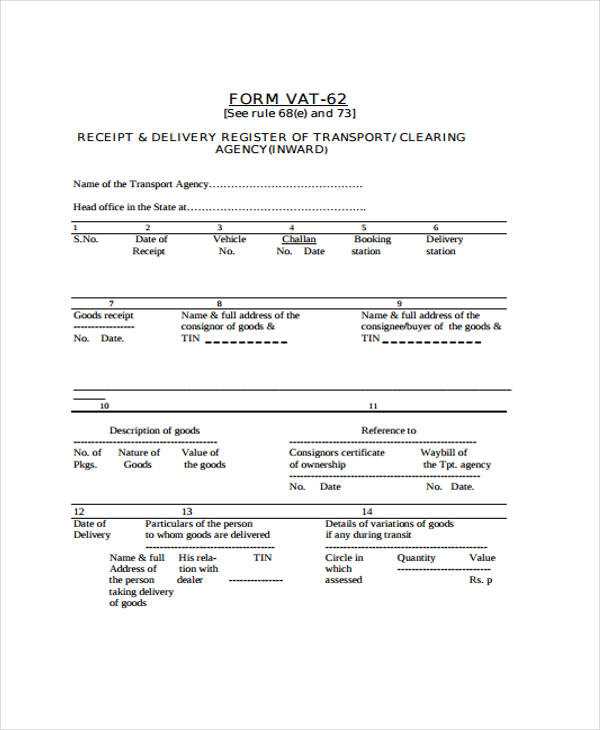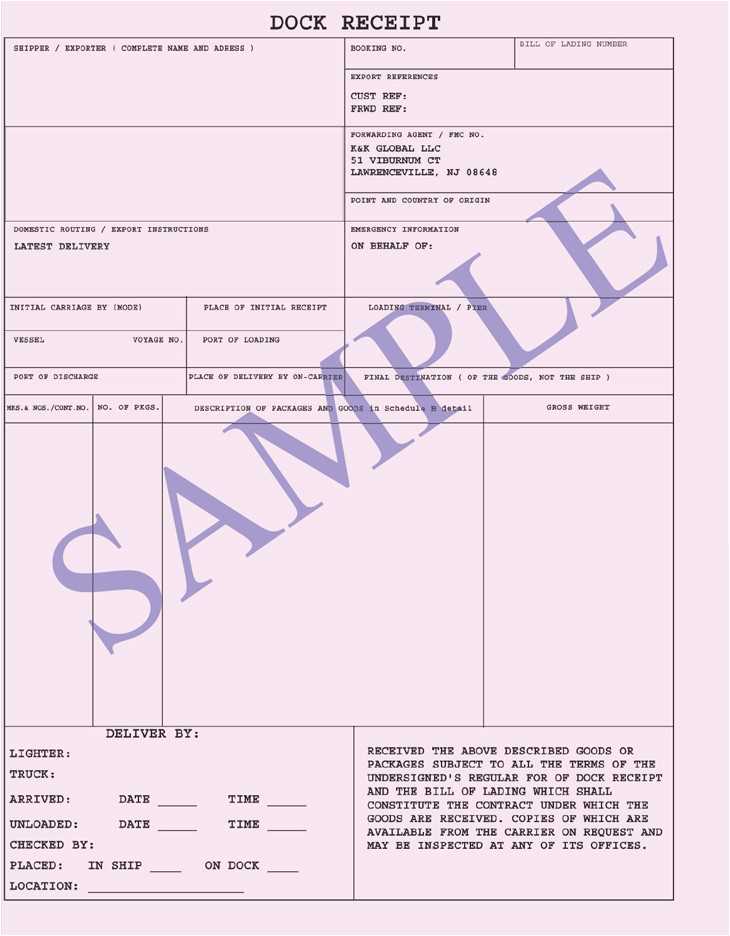
For accurate and streamlined cargo documentation, use a hauling tonnage receipt template. This template helps track the weight and type of materials hauled, providing both the sender and recipient with a clear record of transport. The template should include details such as date, origin, destination, and the gross weight of the load.
Ensure the receipt format is simple and easy to fill out. Incorporate fields for specific vehicle and driver information, which can be valuable for verifying transport details and managing logistics. Include space for any special notes, such as damages or discrepancies, which can help prevent future disputes.
When filling out the receipt, pay attention to the accuracy of the weight entries. Double-check the scale readings and record the exact tonnage as provided by the transport service. Additionally, having a signature section for both parties involved in the transport can serve as proof of delivery and completion of the haul.
Hauling Tonnage Receipt Template
For accurate and reliable documentation of hauling transactions, ensure that the tonnage receipt includes these key elements:
Basic Information
Start with the date, client name, and the hauling company’s details. Include the vehicle ID or license plate number and any reference codes to easily trace the transaction later.
Weight and Load Details
Clearly specify the total weight of the haul, including the tare weight (empty truck weight) and gross weight. This ensures transparency and accuracy in billing. Include details about the materials or items being hauled, and be specific about the units used (e.g., tons, kilograms).
By following this format, you’ll create a reliable and clear tonnage receipt that is useful for both the hauling company and clients.
Customizing a Tonnage Receipt for Different Cargo Types

Adjust the tonnage receipt format to reflect the specifics of each cargo type. Start by ensuring the correct unit of measurement is used for each cargo. For instance, bulk cargo like grain or coal is typically measured in weight (tons), while liquid cargo may require volume-based units (liters or cubic meters). The receipt should clearly state the unit used to avoid confusion.
Key Adjustments for Different Cargo Types
- Bulk Cargo: Specify the weight in tons or metric tons, and include additional information like moisture content for accurate accounting.
- Liquid Cargo: Use volume measurements, such as liters or barrels, and account for temperature variations that may affect volume.
- Containerized Cargo: Include both the container weight and the cargo weight. Be precise about the type of container used (e.g., 20-foot or 40-foot container) and ensure that tare weight is clearly indicated.
- General Cargo: Detail individual item weights and dimensions, ensuring that the total weight corresponds with the sum of individual items.
Additional Recommendations
- Include a section for cargo condition notes to document any damage or irregularities at the time of delivery.
- Ensure that the shipping company’s name, address, and contact details are prominently displayed, as well as the consignee’s information.
- Make use of standardized codes or abbreviations for quick referencing of cargo types and categories.
- Provide a space for additional remarks, especially for special cargo requiring specific handling or storage conditions.
Each adjustment helps ensure that the tonnage receipt serves its purpose and provides clear, accurate details for both the shipper and receiver.
Integrating Key Data Points in the Template
Include the following key data points in the hauling tonnage receipt template for clear tracking and consistency:
1. Weight Information
Ensure the total weight of the cargo is clearly stated, along with the weight per unit if applicable. Provide specific measurements in both metric and imperial units for international compatibility.
2. Source and Destination
Identify both the pickup and delivery locations. Include detailed addresses, including port or yard numbers, to minimize confusion during the transportation process.
Incorporate time stamps such as the loading and unloading times to document the precise duration of the hauling operation. Ensure this data is consistent with the relevant schedules.
Integrate the vehicle registration number or tracking ID. This will help in verifying the specific hauling equipment used and maintaining a record for future reference.
Ensuring Compliance and Standardization in Hauling Receipts

Adhere to a standardized format for hauling receipts to ensure legal compliance and operational consistency. Begin by including all required details: the haul date, vehicle identification, load weight, and the names of both the sender and receiver. Each piece of information should be clearly marked and easily readable.
Follow Industry Regulations

Always refer to local, state, and international hauling regulations when creating receipts. These often specify the minimum details that must be included, such as weight limits and transportation conditions. Failure to comply with these can result in fines or legal disputes.
Implement a Uniform Template
Using a consistent template across all hauling transactions simplifies processes and avoids confusion. Create a template that includes sections for all necessary data points, including space for signatures. Ensure that the same format is used by everyone involved in the hauling operation to guarantee accuracy and uniformity.
By streamlining documentation and adhering to standard requirements, businesses can minimize errors and disputes, improving both internal operations and client relationships.


